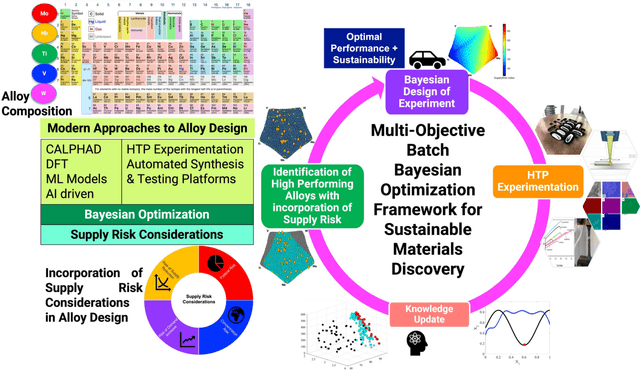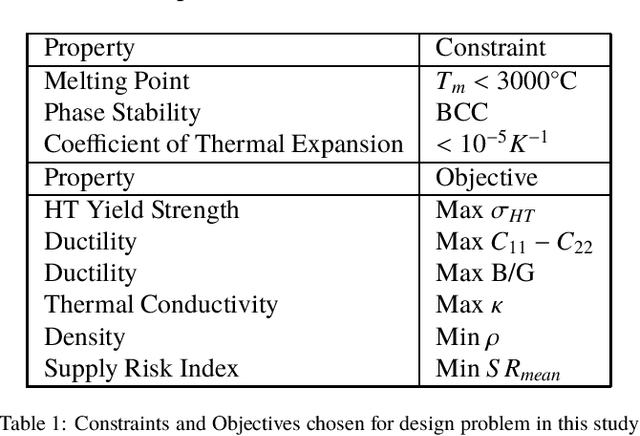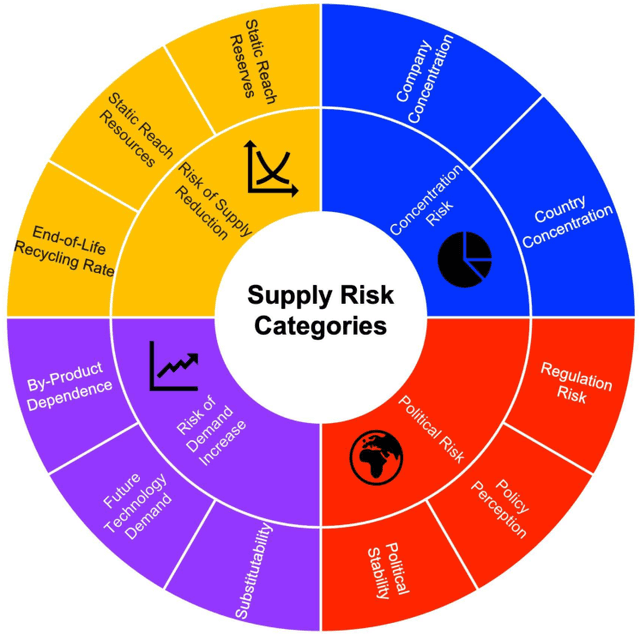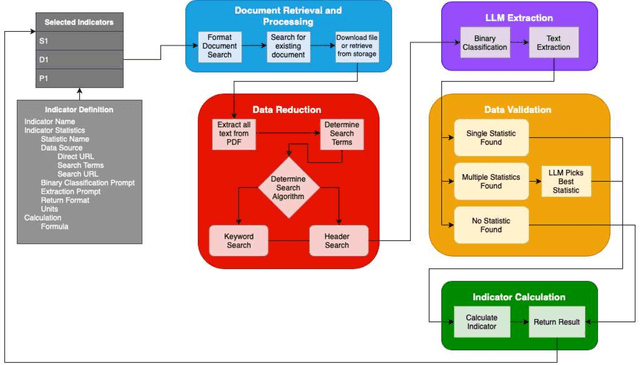Raymundo Arróyave
Texas A&M University Materials Science and Engineering Department, Texas A&M University Mechanical Engineering Department
Toward Greater Autonomy in Materials Discovery Agents: Unifying Planning, Physics, and Scientists
Jun 05, 2025Abstract:We aim at designing language agents with greater autonomy for crystal materials discovery. While most of existing studies restrict the agents to perform specific tasks within predefined workflows, we aim to automate workflow planning given high-level goals and scientist intuition. To this end, we propose Materials Agent unifying Planning, Physics, and Scientists, known as MAPPS. MAPPS consists of a Workflow Planner, a Tool Code Generator, and a Scientific Mediator. The Workflow Planner uses large language models (LLMs) to generate structured and multi-step workflows. The Tool Code Generator synthesizes executable Python code for various tasks, including invoking a force field foundation model that encodes physics. The Scientific Mediator coordinates communications, facilitates scientist feedback, and ensures robustness through error reflection and recovery. By unifying planning, physics, and scientists, MAPPS enables flexible and reliable materials discovery with greater autonomy, achieving a five-fold improvement in stability, uniqueness, and novelty rates compared with prior generative models when evaluated on the MP-20 data. We provide extensive experiments across diverse tasks to show that MAPPS is a promising framework for autonomous materials discovery.
Accelerating CALPHAD-based Phase Diagram Predictions in Complex Alloys Using Universal Machine Learning Potentials: Opportunities and Challenges
Nov 22, 2024Abstract:Accurate phase diagram prediction is crucial for understanding alloy thermodynamics and advancing materials design. While traditional CALPHAD methods are robust, they are resource-intensive and limited by experimentally assessed data. This work explores the use of machine learning interatomic potentials (MLIPs) such as M3GNet, CHGNet, MACE, SevenNet, and ORB to significantly accelerate phase diagram calculations by using the Alloy Theoretic Automated Toolkit (ATAT) to map calculations of the energies and free energies of atomistic systems to CALPHAD-compatible thermodynamic descriptions. Using case studies including Cr-Mo, Cu-Au, and Pt-W, we demonstrate that MLIPs, particularly ORB, achieve computational speedups exceeding three orders of magnitude compared to DFT while maintaining phase stability predictions within acceptable accuracy. Extending this approach to liquid phases and ternary systems like Cr-Mo-V highlights its versatility for high-entropy alloys and complex chemical spaces. This work demonstrates that MLIPs, integrated with tools like ATAT within a CALPHAD framework, provide an efficient and accurate framework for high-throughput thermodynamic modeling, enabling rapid exploration of novel alloy systems. While many challenges remain to be addressed, the accuracy of some of these MLIPs (ORB in particular) are on the verge of paving the way toward high-throughput generation of CALPHAD thermodynamic descriptions of multi-component, multi-phase alloy systems.
Supply Risk-Aware Alloy Discovery and Design
Sep 22, 2024



Abstract:Materials design is a critical driver of innovation, yet overlooking the technological, economic, and environmental risks inherent in materials and their supply chains can lead to unsustainable and risk-prone solutions. To address this, we present a novel risk-aware design approach that integrates Supply-Chain Aware Design Strategies into the materials development process. This approach leverages existing language models and text analysis to develop a specialized model for predicting materials feedstock supply risk indices. To efficiently navigate the multi-objective, multi-constraint design space, we employ Batch Bayesian Optimization (BBO), enabling the identification of Pareto-optimal high entropy alloys (HEAs) that balance performance objectives with minimized supply risk. A case study using the MoNbTiVW system demonstrates the efficacy of our approach in four scenarios, highlighting the significant impact of incorporating supply risk into the design process. By optimizing for both performance and supply risk, we ensure that the developed alloys are not only high-performing but also sustainable and economically viable. This integrated approach represents a critical step towards a future where materials discovery and design seamlessly consider sustainability, supply chain dynamics, and comprehensive life cycle analysis.
 Add to Chrome
Add to Chrome Add to Firefox
Add to Firefox Add to Edge
Add to Edge